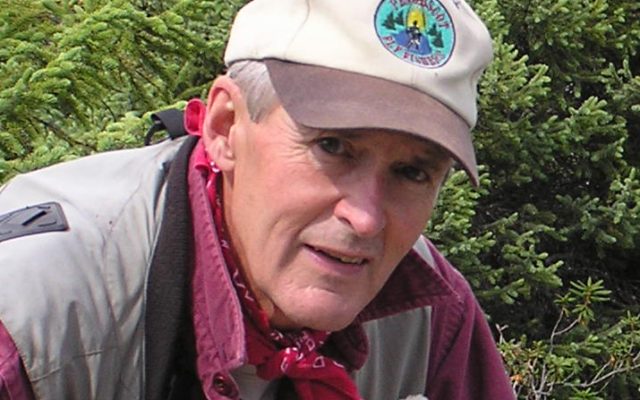
Pressure ridges, snowsledders beware
By V. Paul Reynolds
If there is a sight that pleases snowmobilers, it is a good old-fashioned Maine snow storm. And if the past is prologue, this winter is shaping up to be the kind that is made to order for winter outdoor recreation.
When it comes to Maine snowmobiling the statistics are impressive. According to Al Swett, operations director for the Maine Snowmobilers Association, Maine boasts one of the best snowmobile trail systems in the entire country! This system, which blankets most of the state from East to West and North to South, comprises no less than 14,000 miles of groomed trails. According to a University of Maine study, a good snowmobiling winter generates up to $800 million in revenue for hotels, motels, restaurants, gas stations, and snowmobile dealers.
Additionally, the Maine state coffers are helped when 88,000 snowsledders annually register their snow machines. As Swett proudly points out, 90 percent of these trails are on private land and the trails are maintained mostly by volunteer workers from the state’s 280 local snowmobile clubs.
If there is one message that Swett would like to convey to all snowsledders, it is this: When we sled, we do so at the pleasure of these generous landowners. Treat them and their land with respect. This means, above all else, stay on marked trails. Should we lose a landowner, we lose a piece of our incredible snowmobile trail system.
Says Swett, “Please be safe out there. We’ve had several accidents this year, mostly due to a lack of snow and inexperienced riders. Slow down. Lots of folks have not ridden much yet and need to get reacquainted with the snow conditions and riding conditions. We’ve had a good freeze this year but that still does not mean all ice is safe. The big lakes like Rangeley and Moosehead have some pretty large pressure ridges. Be careful around these areas and ask the locals and fishermen about the thickness.”
For a night-time sledder, these so-called pressure ridges are serious business. A pressure ridge on a frozen lake is a formation that occurs when two ice sheets collide and push against each other. This happens because ice expands and contracts in response to temperature changes. When the ice expands, it can only do so within the space available on the lake’s surface, which leads to the edges of different ice sheets pressing against each other. This pressure causes the ice to buckle and fracture, forming a ridge-like structure.
Sadly, over the years some sledders have been killed or injured when their sleds have collided with one of these pressure ridges, which can appear out of nowhere to night-time sledders.
On Branch Lake in Ellsworth, where I live, there is the largest pressure ridge that I have ever seen on the lake. My son and I examined it the other day. Parts of the frozen ridge are three feet tall! Striking one of these on a snowmobile would be akin to driving smack into a concrete wall.
There you have it. Prudent snowmobilers, especially night time riders, will always keep in mind the perils of pressure ridges, cables across roadways, open water at lake inlets or outlets, and, of course, driving too fast for conditions.
The author is editor of the Northwoods Sporting Journal. He is also a Maine Guide and host of a weekly radio program “Maine Outdoors” heard Sundays at 7 p.m. on The Voice of Maine News-Talk Network. He has authored three books. Online purchase information is available at www.sportingjournal.com, Outdoor Books.